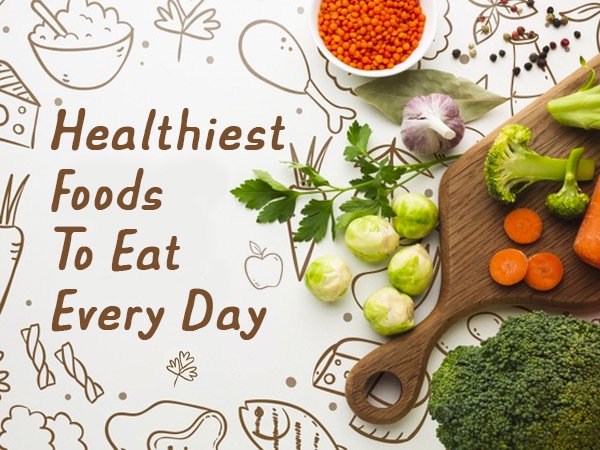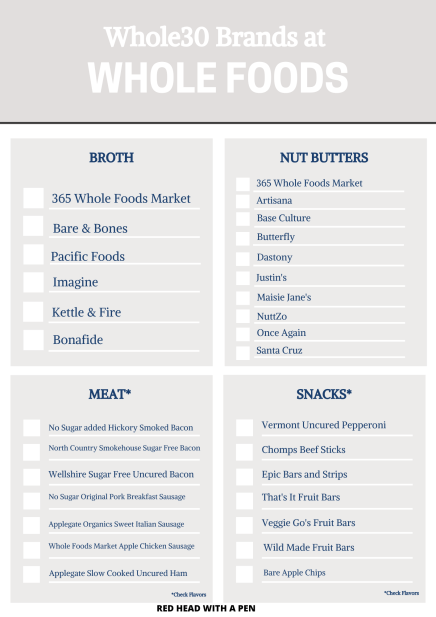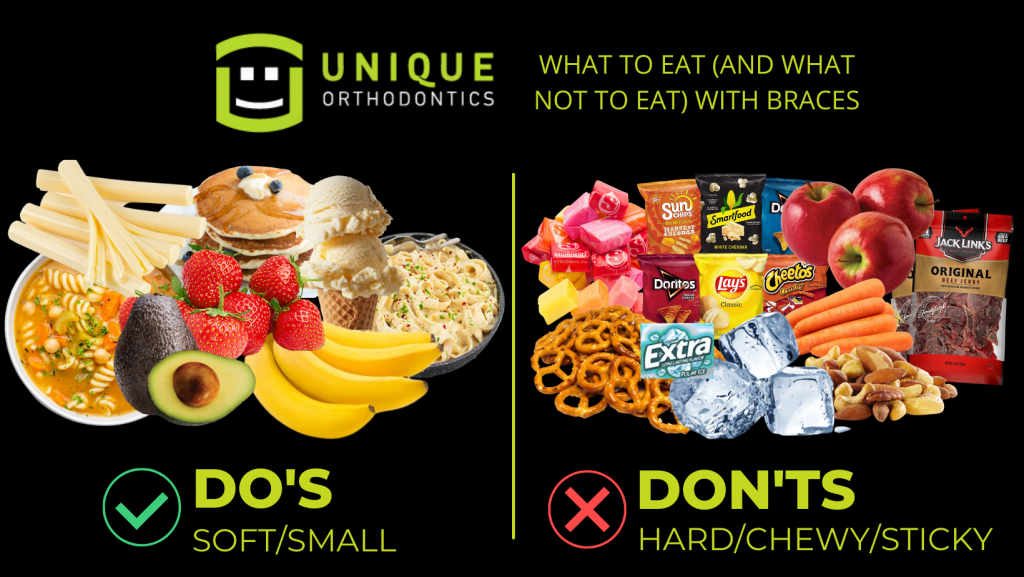
Diabetic patients have a wide range of options for food. It is important to select healthy foods that are appropriate for their needs and lifestyle. For controlling blood sugar levels, it is important to eat a balanced meal. Legumes are rich sources of protein and fiber as well high-quality carbohydrates. Soluble fibre helps to stabilize blood sugar levels and curb hunger. Recent research found that eating legumes decreased type 2 diabetes risk and helped to control blood sugar levels.
As a low-carb food, avocados are a great choice for diabetics. Avocados are rich in fiber and healthy fats. Walnuts are a great choice for diabetics as they have high levels of omega-3s. But, you should limit your intake to one cup of walnuts. Chickpeas, which is a legume rich both in fiber and protein, can also be eaten. They are high-protein and low-carb snacks, since they have a lot of dietary fiber.
While most people don't like the taste of spinach, pumpkin contains beta-carotene, which converts to essential vitamin A. Pumpkins are rich in beta-carotene and should be served as a main starch. If you can't eat the skin, try mixing them with other vegetables for added fiber. They can be cooked in a recipe and then served as part a meal. For an extra protein boost, you can mix a scoop of quinoa with your favorite soup or smoothie.

A diabetic can also enjoy Greek yogurt as a snack. A portion of this starchy vegetable is only six to eight grams, so it is a safe choice for a snack or breakfast. Be sure to read the labels carefully, as some brands may contain sugar. The yogurt can be enjoyed with fruit, such as berries and cherries. Flax seeds have lignans that help to improve insulin sensitivity, and decrease the risk of heart disease.
Sweet potatoes are high in potassium and fiber, as well as lean protein. You can also cook sweet potatoes and enjoy them as a snack. Sweet potatoes can be cooked and eaten as a snack, but they are high carbohydrate. They are also an excellent source of magnesium, which helps lower your risk of stroke and lowers your risk of developing diabetes. They are therefore the best food for diabetics.
Many fruits and vegetables have high levels of antioxidants. They are also a good source to fiber. They are great for smoothies and salads. In addition to berries, you can also use Greek yogurt for salads and yogurts. They can also be added to your favorite yogurt. You can use them to make smoothies. These can be used to enhance the flavor of desserts when you prepare fruit salads.
Diabetic diets must be balanced. Ideal diabetic diets should have low levels of sugar and high levels of trans fats. They should be rich sources of fiber, protein, as well as fiber. A diabetic diet should be based on fruits and vegetables as well as whole grains. Healthy fats should be included in the diet. These foods provide many health benefits.

Healthy eating habits for diabetics include plenty of fruits, vegetables, and whole grains. Fruits and vegetables that are fresh, ripe, and organic are the best. Low-calorie foods will be the best choice for diabetics. You can incorporate vegetables and fruits into your daily life in many different ways. For instance, you could eat nuts every morning. These delicious and healthy foods are great for diabetics. You must be careful about how much sugar you consume to avoid developing diabetes.
Greek yogurt is another healthy option for diabetics. It is very high in fiber, and has very little carbohydrate. It can be eaten either as a snack and as a dish. You can also include whole grains. They are high in fiber and low-calorie foods. For example, whole-grain breads are the best foods for diabetics because they are low-sugar. These breads, pastas, and other whole-grain foods are also good sources of fiber.
FAQ
What is the difference in a virus and bacteria?
A virus can be described as a microscopic organism that cannot reproduce in another cell. A bacterium can be described as a single-celled organism which reproduces by splitting in two. Viruses have a very small size (about 20 nanometers), while bacteria is larger (up to one micron).
Viruses are often spread through contact of infected bodily fluids like saliva, urine or semen. Bacteria can be spread by direct contact with infected objects and surfaces.
Viral infections can be transmitted through skin cuts, scrapes and bites. They can also enter the body through the mouth, nose, eyes and ears, vaginal, rectum or anus.
Bacteria may enter our bodies through cuts and scrapes on our skin, burns, insect bites, and other wounds. They may also come into our bodies through food, water, air, soil, dust, or animals.
Viruses and bacteria both cause illness. But viruses do not have the ability to multiply within their hosts. So they only cause illnesses when they infect living cells.
Bacteria can spread within the host and cause illness. They can also invade other parts of your body. We need antibiotics to get rid of them.
What is the difference in calorie and kilocalories?
Calories can be used to measure how much energy is in food. Calories is the unit of measurement. One calorie is the amount of energy required to heat one gram water one degree Celsius.
Kilocalories are another term for calories. Kilocalories can be measured in thousandsths of one calorie. For example, 1000 calories equals one kilocalorie.
Why does weight change as we age?
How do you determine if your bodyweight is changing?
If there are less calories than muscle mass, then weight loss is possible. This means that daily energy needs must be greater than the calories consumed. Activity levels are the most common reason for weight loss. Others include pregnancy, hormonal imbalances or certain medications. If there is more body fat than muscle mass, then weight gain can occur. It occurs when people consume more calories each day than they use. The most common causes are overeating, increased activity, hormonal changes, and excessive calories.
The primary reason we lose weight is that we consume less calories than what we burn. Exercise regularly increases your metabolism rate, which allows you to burn more calories every day. This doesn't necessarily mean we will lose weight. What matters is whether we are losing fat or building muscle. If we are burning more calories than what we eat, then we will lose weight. If we consume more calories that we burn, we are actually storing them in fat.
As we age, we become less agile and don't move as often. We also tend eat less than we used to. Also, we are more likely to gain weight. However, our muscle mass is more important than we realize and makes us appear larger.
If you don't weigh yourself every week, it's impossible to determine how much weight has been lost. There are many options for measuring your weight. There are many ways to measure your weight. You can check your waist, hips, thighs, arms and legs. Some people prefer to use bathroom scales while others like to use tape measures.
For a better track of your progress, try to weigh yourself once per week and measure your waistline once every month. You can also take pictures of yourself every few months to see how far you've come.
You can also check your height online to find out how many pounds you have. If you're 5'10' tall and weigh 180lbs, you'd likely weigh 180lbs.
How do I count calories?
You might be asking "What is the best diet?" or "is counting calories necessary?" Well, the answer depends on several factors including your current health status, your personal goals, your preferences, and your overall lifestyle.
The Best Diet For Me - Which One Is Right For You?
My current health, my personal goals and lifestyle will determine the best diet for me. There are many diets out there, some good and some bad. Some diets work for some people, while others are not. What can I do to make the right choice? What can I do to make the right decision?
These questions are addressed in this article. It starts with a brief introduction of the different types of diets available today. Then, the pros and cons of each type of diet are discussed. Finally, we'll look into how to choose the best one for you.
To begin, let's take a quick look at the different types of diets.
Diet Types
There are three types of diets available: ketogenic, high-protein, and low fat. Let's look at each one briefly.
Low Fat Diets
A low fat diet is a diet that restricts the amount of fats consumed. This is achieved by reducing saturated fats like butter, cream cheese, and other dairy products. They are replaced by unsaturated fats such as avocados, olive oil, and cream cheese. If you want to lose weight fast and easily, then a low fat diet is often recommended. This kind of diet could cause problems like constipation or heartburn and indigestion. In addition, it may lead to vitamin deficiencies if a person doesn't get enough vitamins from their food.
High Protein Diets
High protein diets reduce carbohydrates to favor of proteins. These diets typically have more protein than other diets. These diets can help increase muscle mass and decrease calories. One problem is that they might not be sufficient to provide regular nutrition. They may also be too restrictive and not suitable for everyone.
Ketogenic Diets
The keto diet is also known as the keto diet. They are high fat and moderately carbohydrate and protein-rich. They are typically used by athletes and bodybuilders because they allow them to train harder and longer without getting tired. However, they must be used with caution to avoid nausea, headaches and fatigue.
How do I get enough vitamins for my body?
The majority of your daily needs can be met through diet alone. Supplements can be helpful if you are lacking in any one vitamin. Multivitamin supplements can be taken that contain all the vitamins you need. You can also buy individual vitamins in your local drugstore.
Talk to your doctor about the best foods for vitamins if you're concerned about not getting enough nutrients. Some examples of rich sources of vitamins E and K include dark green leafy vegetables, such as spinach.
Ask your doctor for advice if you are unsure how much vitamin to take. Your medical history and current health will help you determine the best dosage.
Statistics
- This article received 11 testimonials and 86% of readers who voted found it helpful, earning it our reader-approved status. (wikihow.com)
- According to the Physical Activity Guidelines for Americans, we should strive for at least 150 minutes of moderate intensity activity each week (54Trusted Source Smoking, harmful use of drugs, and alcohol abuse can all seriously negatively affect your health. (healthline.com)
- WHO recommends reducing saturated fats to less than 10% of total energy intake; reducing trans-fats to less than 1% of total energy intake; and replacing both saturated fats and trans-fats to unsaturated fats. (who.int)
- nutrients.[17]X Research sourceWhole grains to try include: 100% whole wheat pasta and bread, brown rice, whole grain oats, farro, millet, quinoa, and barley. (wikihow.com)
External Links
How To
How to keep your body and mind healthy
This project had one goal: to provide some tips on how to keep your body healthy. To maintain good health, the first step is to learn what you can do. We had to learn what was good for our bodies in order to do this. After looking at the various methods people use to improve their overall health, we realized that there were many that could help. Finally, we came to some suggestions that would allow us to stay happier and healthier.
We began by looking at what food we eat. We found that some foods are harmful and others are good for us. Sugar, for example, is known to be very unhealthy as it can lead to weight gain. Fruits and vegetables, on the other hand are healthy because they are rich in vitamins and minerals that are vital for our bodies.
Next, we looked at exercise. Exercise can help our bodies become stronger and give them more energy. Exercise can also make us happy. There are lots of exercises that we can do. Walking, running, swimming and dancing are just a few of the many options. Yoga is another great way to build strength. Yoga is a great way to improve flexibility and your breathing. It is important to avoid junk food, and drink lots of water, if we wish to lose weight.
We ended our discussion with a mention of sleep. Sleep is the most important thing we do each and every day. If we don’t get enough sleep, our bodies can become fatigued and stressed. This can lead to issues such as back pain, depression and heart disease. To stay healthy, it is important to get enough rest.